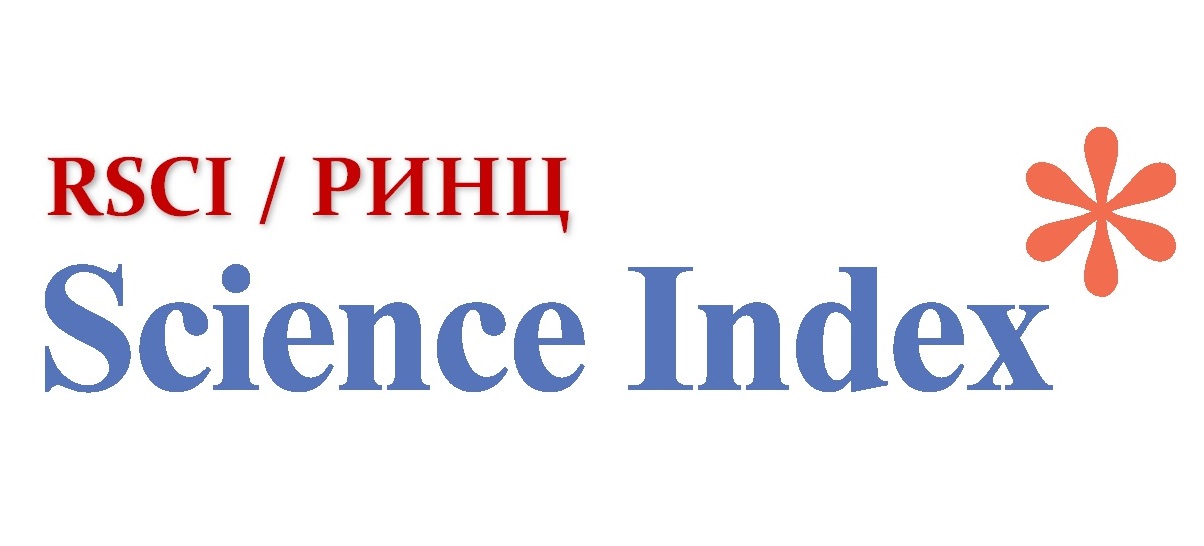Қазақстанның мемлекеттік борышын басқаруды бағалау модельдерін енгізу мүмкіндіктері
Қаралымдар: 245 / PDF жүктеулері: 235
DOI:
https://doi.org/10.32523/2789-4320-2023-1-253-262Кілт сөздер:
Мемлекеттік қарыз, мемлекеттік қарызды басқару, бағалау критерийлері, басқару модельдеріАңдатпа
Мемлекет қызметінің макроэкономикалық құралдарының бірі мемлекеттік борыш болып табылады. Мемлекеттің тұрақты жұмыс істеуі, қойылған барлық стратегиялық мақсаттарды орындау және қабылданған міндеттемелерді орындау үшін мемлекет қарыз қаражатын тартып, оларды бюджет шығыстарының тиісті баптарын қаржыландыру үшін бөледі. Мемлекеттік қаржының жай-күйіне елдің макроэкономикалық саясатының көптеген параметрлері, оның ішінде, әрине, мемлекеттік қарыз деңгейі, оны басқару бөлігіндегі мемлекет саясаты әсер етеді. Әлемдік тәжірибеде мемлекеттік қарыздарды пайдалану бюджеттің кірістері мен шығыстарының тепе-теңдігін қамтамасыз ету үшін кең таралған. Мемлекеттік қарыз алу әлемнің барлық елдеріне тән және бұл қазіргі жағдайдағы норма, ал Қазақстан Республикасы да ерекшелік емес.
Әр түрлі елдердегі мемлекеттік қарыздың мөлшері айтарлықтай айырмашылықтарға ие. Кейбір мемлекеттерде бұл мемлекеттік қарыздың ЖІӨ-ге айтарлықтай қатынасы, ал басқаларында төмен. Осыған байланысты мемлекеттік қарызды тиімді басқару және мемлекеттік қарыздың елдің экономикалық қауіпсіздігіне әсері туралы мәселе қисынды түрде туындайды. Мемлекеттік қарызды тиімді басқару мемлекеттің өзінің борыштық міндеттемелерінің көлемін, қор және қаржы нарықтарының тұрақтылығы сияқты қаржылық тұрақтылықтың негізгі параметрлерін бақылауға, экономикалық процестерді реттеуге, сондай-ақ мемлекеттік қарыздың жұмыс істеуінің қажетті нормалары мен ережелерін белгілеуге мүмкіндігі бар деп болжайды.







